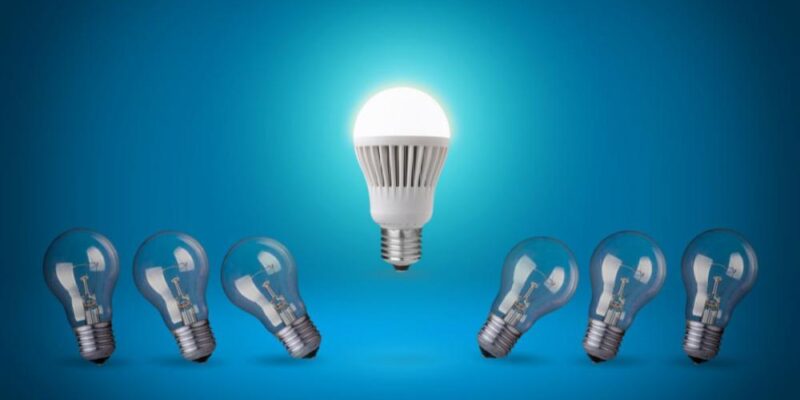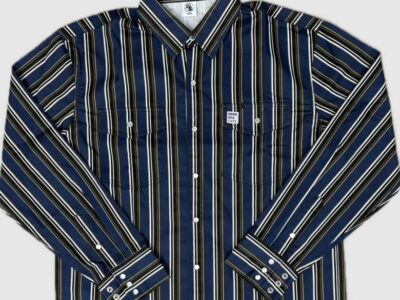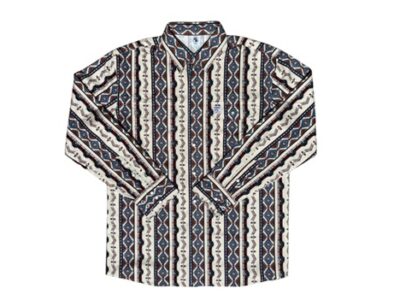In recent years, LED lighting has become a central part of how we illuminate homes, workplaces, and public spaces. Its rise in popularity is no accident LEDs offer efficiency, versatility, and durability that traditional lighting solutions can hardly match. Two important categories within the LED lighting world are LED strip lights and LED modules. Both play distinct roles in various lighting applications, and understanding their features can help make better choices for projects, whether for personal use or professional installations.
Understanding Wholesale LED Strip Lights
LED strip lights are flexible circuit boards populated with light-emitting diodes (LEDs). They are designed to be long, thin, and flexible, which means they can be installed in a variety of locations and configurations. When bought wholesale, these strip lights often appeal to businesses or projects requiring larger quantities at competitive prices.
These lights are known for their adaptability. They can be cut to size, bent around corners, or layered to create unique lighting effects. Some strips come with adhesive backing, simplifying installation on surfaces like walls, cabinets, or architectural features.
Among the key benefits of LED strip lights are their energy efficiency and long lifespan. Compared to traditional incandescent bulbs, LED strips consume far less electricity while producing comparable or better brightness. Additionally, their ability to offer adjustable color temperatures and brightness levels adds to their appeal, especially in settings like retail stores, restaurants, or even residential interiors where ambiance matters.
Choosing the Right Wholesale LED Strip Lights for Projects
Choosing the right wholesale LED strip lights involves several considerations to ensure that the lighting performs well and fits the intended environment. Color temperature ranges from warm to cool tones, influencing the mood and comfort of a space. Brightness, measured in lumens, must be sufficient without overwhelming the setting. Waterproof ratings also play a role, especially if the strips are to be used outdoors or in damp locations. Energy efficiency remains a key factor, helping to balance illumination needs with running costs.
Buying in bulk means extra attention to quality is essential. Consistent LED spacing, durable materials, and reliable adhesives contribute to a successful installation. These aspects are particularly important when handling larger projects where product failure can cause significant setbacks.
Insight into LED Modules and Their Functionality
LED modules differ from strip lights mainly in form and typical applications. While strip lights come as long flexible tapes, LED modules are usually individual units or grouped clusters mounted on small boards.
These modules are popular in commercial signage and display lighting because they offer focused, uniform light output. Unlike strip lights, LED modules are often designed for more permanent installations and may come with features like built-in lenses or diffusers to control light direction and spread.
They work well in backlighting for signs, channel letters, or architectural accents where bright, consistent light is essential. The design and durability of LED modules make them suitable for outdoor and indoor use alike.
Choosing LED Module Suppliers
When it comes to sourcing LED modules, finding reliable LED module suppliers can significantly influence the quality and longevity of a lighting project. Reliable suppliers offer products that meet safety and performance certifications, a broad range of options, and technical assistance when needed.
A good supplier understands the technical details, such as voltage requirements and chip types, and can help match products to specific project needs. This kind of expertise ensures fewer issues during installation and maintenance, saving both time and resources in the long run.
Sustainability and Energy Efficiency in LED Lighting
One of the strongest advantages of LED technology is its positive impact on sustainability. LEDs consume significantly less electricity compared to incandescent or fluorescent lighting, which translates into lower energy bills and reduced environmental impact.
The longer lifespan of LEDs means fewer replacements and less waste. This longevity, combined with their energy efficiency, makes LEDs a preferred choice for projects aiming to reduce their carbon footprint.
As awareness around climate change grows, industries and consumers alike are increasingly prioritizing energy-saving solutions. LED lighting fits well within this trend, offering practical benefits without compromising quality or aesthetics.
Conclusion:
LED strip lights and LED modules each bring unique strengths to the table, serving different lighting needs with flexibility and efficiency. Whether it’s the adaptability and customizability of strip lights or the focused, robust illumination of LED modules, both play vital roles in contemporary lighting design.
Understanding their features, applications, and how to source them wisely helps ensure projects succeed in both function and sustainability. As LED technology continues to evolve, these lighting solutions are likely to become even more integral to how we light our environments.














Comments